 The 2013 Space Elevator Conference wrapped up today with another full schedule. Attendees got one last “fill” of informative and interesting presentations as well as a chance to participate in 2 more workshops.
The 2013 Space Elevator Conference wrapped up today with another full schedule. Attendees got one last “fill” of informative and interesting presentations as well as a chance to participate in 2 more workshops.
The first activity of the day was an informal polling of the audience as to this question: What would you do with a space elevator? The answers ranged from the serious (colonize the Moon & Mars, send radioactive waste to the sun or to the moon for storage) to the whimsical (bring old cars up the tether and drop them from several kilometers up and then watch them burn up in the atmosphere!). This activity happens at every Conference and it’s always interesting to see what new ideas arise. The exercise does serve a serious purpose, helping to identify potential customers for a functioning Space Elevator.
 The first presentation of the day was Electric Currents on the Space Elevator and was given by Dennis Wright. He addressed one of the objections that is commonly raised against the space elevator, the concern of electrical currents which might be induced in the Space Elevator by various space-related factors and the fact that a Space Elevator is, in fact, a 100km long object that rotates along with the earth. There are many unknowns about a structure like this, but Mr. Wright took the “knowns”, added some reasonable guesses for the “unknowns”, and came up with some preliminary conclusions. In general, it doesn’t look like these induced currents are much of a problem (big caveat about the unknowns of course), but he did point out a potential electrical danger from broken strands of the elevator. It was a very interesting talk and it’s clear that this type of investigation needs to be ongoing.
The first presentation of the day was Electric Currents on the Space Elevator and was given by Dennis Wright. He addressed one of the objections that is commonly raised against the space elevator, the concern of electrical currents which might be induced in the Space Elevator by various space-related factors and the fact that a Space Elevator is, in fact, a 100km long object that rotates along with the earth. There are many unknowns about a structure like this, but Mr. Wright took the “knowns”, added some reasonable guesses for the “unknowns”, and came up with some preliminary conclusions. In general, it doesn’t look like these induced currents are much of a problem (big caveat about the unknowns of course), but he did point out a potential electrical danger from broken strands of the elevator. It was a very interesting talk and it’s clear that this type of investigation needs to be ongoing.
 This talk was followed by multiple “Shotgun Science Sessions”. This is a fixture of Space Elevator conferences now, a series of “5 minute”, “not ready for prime time” presentations where people can stand up and propose practically anything they want. The audience then has a chance to ask questions and, perhaps, shoot the idea down. These sessions ranged from being a Sci-Fi author, to how to dig regolith on the moon, to using a Space Elevator to send radioactive waste to the sun to everything in between. These are lots of fun and have the added benefit of really getting the audience involved. Presenters also know that they can speak without fear of being ridiculed – every idea is treated respectfully (even when it gets shot down!).
This talk was followed by multiple “Shotgun Science Sessions”. This is a fixture of Space Elevator conferences now, a series of “5 minute”, “not ready for prime time” presentations where people can stand up and propose practically anything they want. The audience then has a chance to ask questions and, perhaps, shoot the idea down. These sessions ranged from being a Sci-Fi author, to how to dig regolith on the moon, to using a Space Elevator to send radioactive waste to the sun to everything in between. These are lots of fun and have the added benefit of really getting the audience involved. Presenters also know that they can speak without fear of being ridiculed – every idea is treated respectfully (even when it gets shot down!).
Following lunch, we then had the final two Workshops of the Conference. This first was conducted by Dr. Bryan Laubscher and was entitled Balloon Experiments Workshop. Dr. Laubscher wants to set up a competition for school age kids (middle school through College) that would, loosely defined, have teams who build Climbers that ascend/descend tethers that hang from balloons. Teams would be judged on the kind of data they could collect, robustness, and several other suggestions made from the audience. I hope Bryan gets this off the ground (pun intended) – it sounds like a lot of fun!
 The last workshop was the Space Elevator Operations Workshop and was orchestrated by Skip Penny. Skip was the chief author of the recently published ISEC study on Space Elevator operations. Skip reviewed the report and its updates and then gave a brief talk on challenges / opportunities in operating a Space Elevator. The group then broke up into several sub-groups, each tasked with looking at a different problem or challenge in Space Elevator operations. It was interesting, but not really unexpected, that the sub-groups came up with more questions than answers…
The last workshop was the Space Elevator Operations Workshop and was orchestrated by Skip Penny. Skip was the chief author of the recently published ISEC study on Space Elevator operations. Skip reviewed the report and its updates and then gave a brief talk on challenges / opportunities in operating a Space Elevator. The group then broke up into several sub-groups, each tasked with looking at a different problem or challenge in Space Elevator operations. It was interesting, but not really unexpected, that the sub-groups came up with more questions than answers…
The day wound up with an open conversation between the audience and the Conference organizers as to possible improvement for future events & conferences. There were lots of good ideas presented as to advertising, affiliations and workshops and I’m sure the conference organizers will use this input to make next year’s conference even better.
So, the 2013 Space Elevator Conference has come to a close – and it was a wonderful 3 days. Once again I learned a lot, met a lot of interesting and fun people and had my enthusiasm for the Space Elevator project brought to new heights (once again, pun intended).
See you here next year!
(The top picture thumbnail is of Dennis Wright giving his presentation on Electric Currents on the Space Elevator. The middle thumbnail is of one of the Shotgun Science presenters – Jun Kikuchi – giving his presentation on why a Space Elevator would be very handy to have – to lift radioactive waste off of the planet and to fling it towards the sun. The bottom thumbnail is of Skip Penny, orchestrating the Space Elevator Operations Workshop. By clicking on any of the thumbnails, you can see a full-size version of the picture.)
 The current issue, February 2015, of the ISEC eNewsletter is now available – you can access it here.
The current issue, February 2015, of the ISEC eNewsletter is now available – you can access it here.
 Just a reminder that this is the last week for the 2015 ISEC membership drive!
Just a reminder that this is the last week for the 2015 ISEC membership drive! The January, 2015 eNewsletter from the
The January, 2015 eNewsletter from the  At the previous two
At the previous two 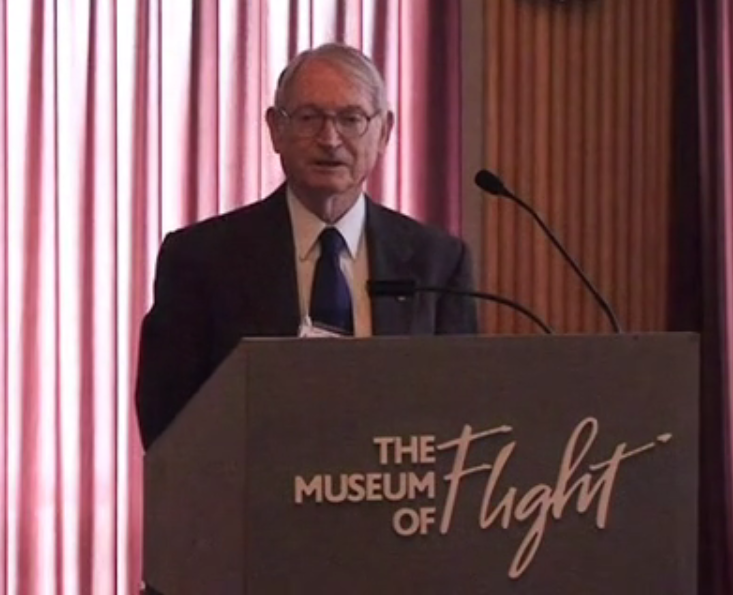
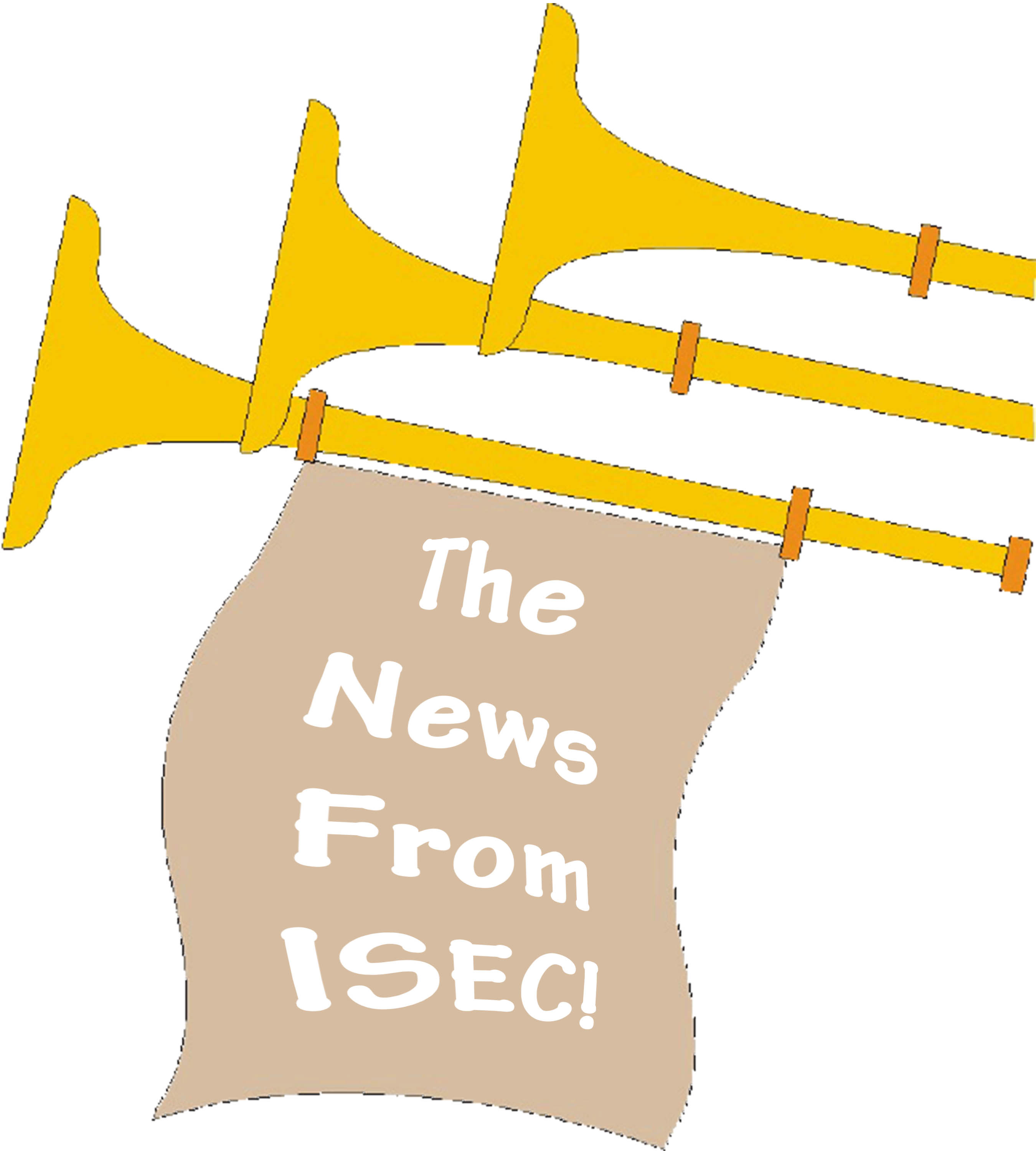 The ISEC
The ISEC 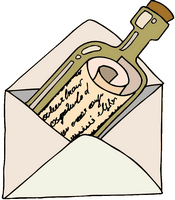 The September, 2014 ISEC eNewsletter has now been published and is available
The September, 2014 ISEC eNewsletter has now been published and is available 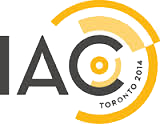 The International Astronautical Foundation is hosting its
The International Astronautical Foundation is hosting its 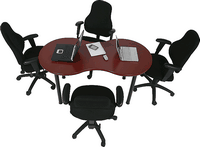 Another Space Elevator Conference is in the books, three very interesting and successful days. There were a lot of highlights and, in no particular order (and just my own opinion, of course) they are;
Another Space Elevator Conference is in the books, three very interesting and successful days. There were a lot of highlights and, in no particular order (and just my own opinion, of course) they are;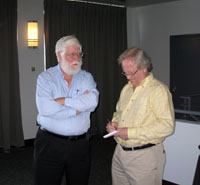
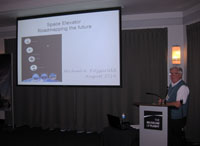
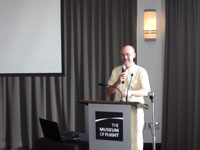
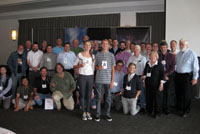
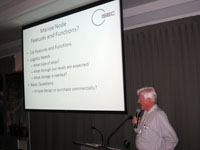
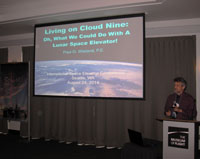
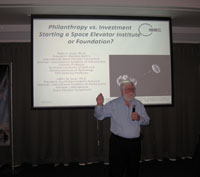
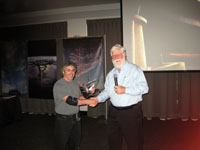
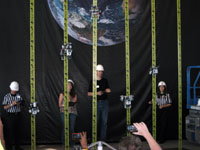
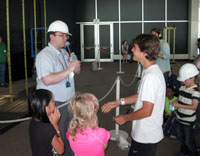
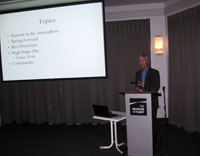
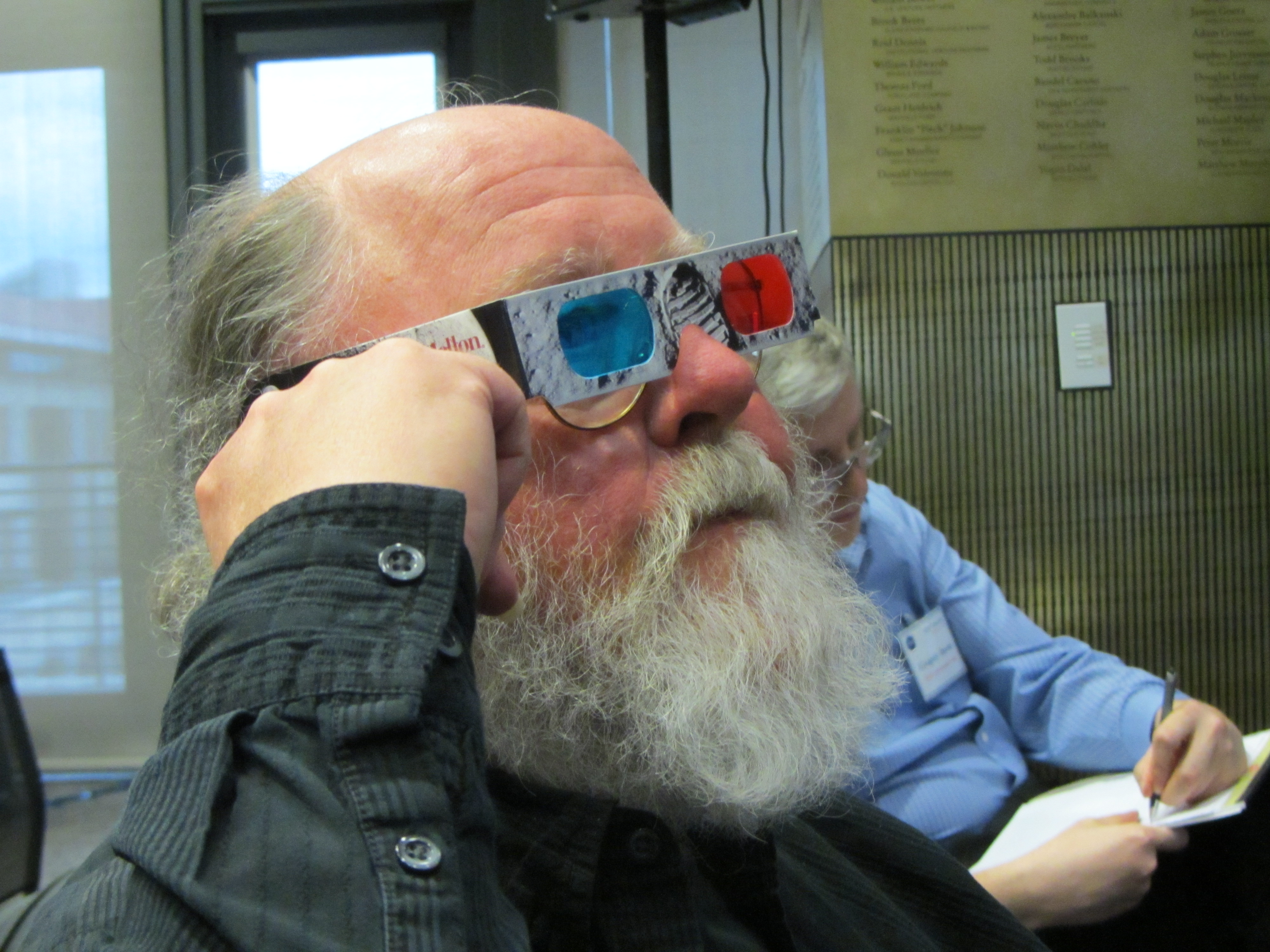 Science writer Leonard David is going to be attending the upcoming
Science writer Leonard David is going to be attending the upcoming  Registration for the upcoming
Registration for the upcoming  ISEC is very pleased to announce that long-time science writer Leonard David will be giving the Keynote speech at the conference. I’ve read (and linked to his writings) for many years now and look forward to a) hearing what he has to say and b) finally being able to meet him. His list of accomplishments, writings and awards is too long to list here – check out the April eNewsletter for a partial list.
ISEC is very pleased to announce that long-time science writer Leonard David will be giving the Keynote speech at the conference. I’ve read (and linked to his writings) for many years now and look forward to a) hearing what he has to say and b) finally being able to meet him. His list of accomplishments, writings and awards is too long to list here – check out the April eNewsletter for a partial list. Registration is now
Registration is now  The latest issue of the ISEC eNewsletter has just been released. Lots of good information in this issue including how to register for the upcoming 2014 Space Elevator Conference (you ARE going, aren’t you?), updates on the ISEC Research Committee, ISEC being a supporter of the upcoming NSS/ISDC conference and more.
The latest issue of the ISEC eNewsletter has just been released. Lots of good information in this issue including how to register for the upcoming 2014 Space Elevator Conference (you ARE going, aren’t you?), updates on the ISEC Research Committee, ISEC being a supporter of the upcoming NSS/ISDC conference and more. The official announcement for the 2014 Space Elevator Conference and its associated Call for Papers has been released. You can view the announcement
The official announcement for the 2014 Space Elevator Conference and its associated Call for Papers has been released. You can view the announcement 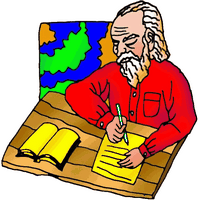 The February, 2014 ISEC eNewsletter is hot off the presses and can be accessed
The February, 2014 ISEC eNewsletter is hot off the presses and can be accessed 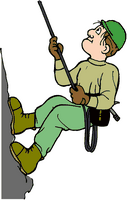 For the month of February only, ISEC has launched a Membership drive which features reduced rates for Professional and Student Level members! This applies to renewals and new members. Professional level membership can be purchased/renewed for only $58 (normally $68) while Student level membership can be purchased/renewed for only $20 (normally $25).
For the month of February only, ISEC has launched a Membership drive which features reduced rates for Professional and Student Level members! This applies to renewals and new members. Professional level membership can be purchased/renewed for only $58 (normally $68) while Student level membership can be purchased/renewed for only $20 (normally $25).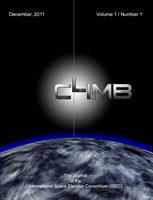
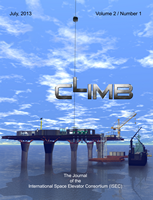
 The January, 2014 ISEC eNewsletter is hot off the presses and can be accessed
The January, 2014 ISEC eNewsletter is hot off the presses and can be accessed 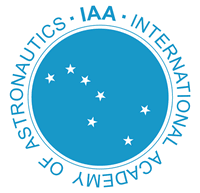 The
The 
 The current month’s email summarizes the availability of the pdf version of CLIMB, Volume 2, reminds everyone of the dates and venue for the 2014 Space Elevator Conference, a summary of the third of the workshops held at the recent Space Elevator conference and more.
The current month’s email summarizes the availability of the pdf version of CLIMB, Volume 2, reminds everyone of the dates and venue for the 2014 Space Elevator Conference, a summary of the third of the workshops held at the recent Space Elevator conference and more. The International Space Elevator Consortium (ISEC) has formed a History Committee to document the invention of the concept of the Space Elevator and the ever-increasing research and design which is taking place relating to this idea. Dr. Peter Swan, the President of ISEC, puts it this way:
The International Space Elevator Consortium (ISEC) has formed a History Committee to document the invention of the concept of the Space Elevator and the ever-increasing research and design which is taking place relating to this idea. Dr. Peter Swan, the President of ISEC, puts it this way: The current month’s email discusses the new “Historian” initiative by ISEC, dates and venue for the 2014 Space Elevator Conference, a summary of the second of the workshops held at the recent Space Elevator conference and more.
The current month’s email discusses the new “Historian” initiative by ISEC, dates and venue for the 2014 Space Elevator Conference, a summary of the second of the workshops held at the recent Space Elevator conference and more.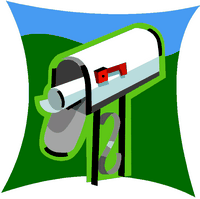 The current month’s email discusses ISEC’s new affiliation with the
The current month’s email discusses ISEC’s new affiliation with the  The current month’s email discusses the recent conference, our new slate of Officers and more.
The current month’s email discusses the recent conference, our new slate of Officers and more. The 2013 Space Elevator Conference wrapped up today with another full schedule. Attendees got one last “fill” of informative and interesting presentations as well as a chance to participate in 2 more workshops.
The 2013 Space Elevator Conference wrapped up today with another full schedule. Attendees got one last “fill” of informative and interesting presentations as well as a chance to participate in 2 more workshops.


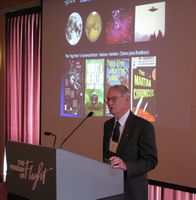

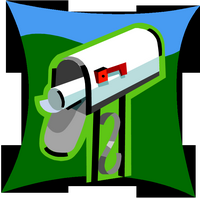 The ISEC eNewsletter for July has just been released and is available
The ISEC eNewsletter for July has just been released and is available 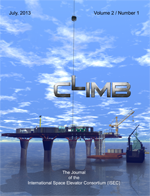
 The Proceedings for last year’s Space Elevator Conference are now available at the
The Proceedings for last year’s Space Elevator Conference are now available at the 



 Sunday is the last day to purchase tickets for the upcoming
Sunday is the last day to purchase tickets for the upcoming  The ISEC eNewsletter for June has just been released and is available
The ISEC eNewsletter for June has just been released and is available 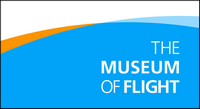 So, don’t wait – sign up now! We have a very full schedule including several presentations and a few workshops. And, as an added bonus,
So, don’t wait – sign up now! We have a very full schedule including several presentations and a few workshops. And, as an added bonus, 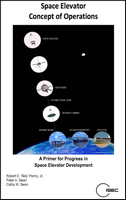

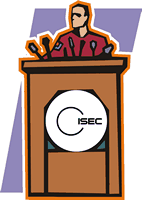 Registration
Registration
 Just released – the ISEC
Just released – the ISEC 